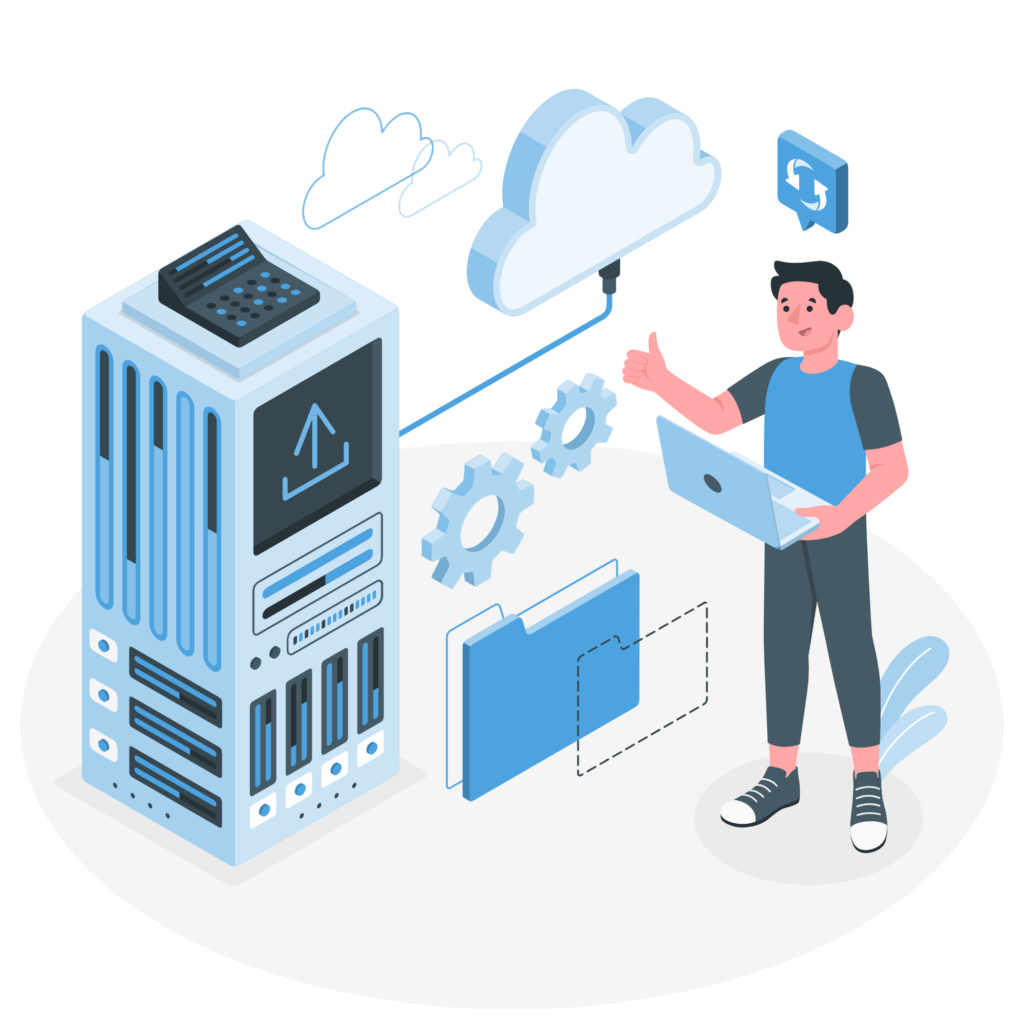

Independent Software Vendors (ISVs) face increasing demands from customers for innovative solutions that cater to evolving needs and deliver dynamic user experiences. To stay competitive, ISVs are turning to cutting-edge technologies like generative AI (gen AI) to transform their software development processes.
Among the leaders in gen AI, OpenAI emerges prominently, especially through its partnership with Microsoft. This collaboration is centered on crafting safe, powerful AI solutions. A standout example is the Azure OpenAI Service, which revolutionizes how ISVs integrate AI capabilities into their software solutions.
In this article, we delve into how the Azure OpenAI Service benefits ISVs and explore real-world examples showcasing its impact in today’s tech landscape.
1. Streamlining App Development and Innovation
Azure OpenAI Service, powered by advanced OpenAI models, empowers ISVs to innovate by creating intelligent and adaptive applications more efficiently. A key tool in this ecosystem is GitHub Copilot, an AI-powered code completion tool that simplifies coding tasks. This collaboration significantly reduces development time and enhances the overall coding experience.
For instance, Softools, a Microsoft partner, leverages AI to accelerate application development and seamlessly integrate AI services. This integration allows businesses to streamline and digitize processes, driving innovation in software development.
2. Improving User Experiences
ISVs equipped with tools like GPT and DALL-E can enhance application intelligence, offering users more interactive and personalized experiences. GPT enables dynamic conversational interactions by generating natural language responses. Meanwhile, DALL-E enriches visual content by generating unique images based on textual descriptions.
An example is CallMiner’s AI-driven platform, which utilizes Azure AI Speech to analyze support conversations, enhancing customer satisfaction and demonstrating the potential for user-centric innovations.

Revolutionise Your Applications Today with Azure OpenAI
3. Scaling AI Capabilities
Azure OpenAI Service provides ISVs with scalable infrastructure to meet the computational demands of AI applications reliably. This scalability ensures consistent performance and supports large-scale AI computations.
SymphonyAI’s deployment of Sensa Copilot in combating financial crime exemplifies this scalability. Sensa Copilot automates information gathering, significantly reducing human effort and showcasing AI’s ability to tackle complex challenges effectively.
4. Access to Advanced AI Capabilities
OpenAI models offer ISVs access to advanced AI capabilities, enabling the development of innovative solutions. Azure AI Studio further democratizes access to generative AI, simplifying the creation of organization-specific conversational AI experiences.
Developers now have access to models like ChatGPT and GPT-4 through Azure AI Studio, facilitating the development of sophisticated applications efficiently.
In addition to these benefits, Microsoft’s ISV Success program accelerates app development and market reach. This comprehensive program integrates Azure, Microsoft 365, Security, Dynamics 365, and Power Platform.
Participants in ISV Success gain priority access to Azure OpenAI Service, empowering them to leverage advanced AI services to enhance app functionality and user experience. Access to developer tools, cloud credits, technical consultations, and training resources further supports ISVs in driving app innovation and gaining competitive advantage.
By embracing Azure OpenAI Service and joining ISV Success, ISVs can unlock the full potential of app development, harnessing AI to create transformative solutions that meet evolving customer expectations in today’s competitive landscape.